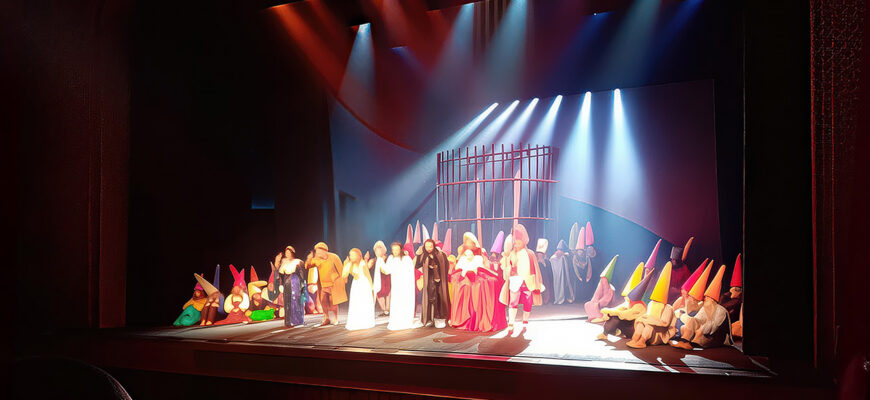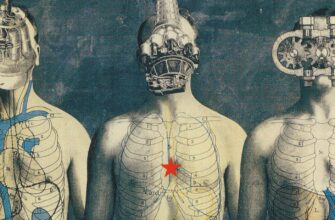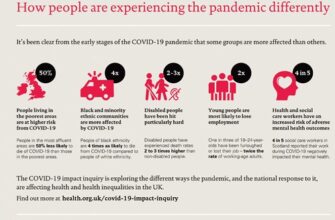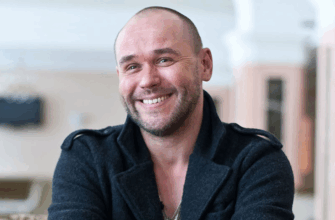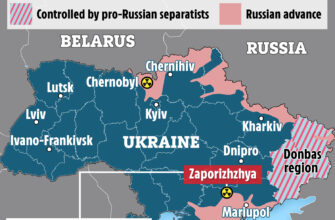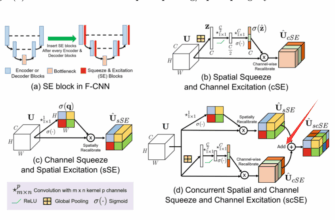Dmitry Bertman unveils a fresh interpretation of Stravinsky`s final opera.
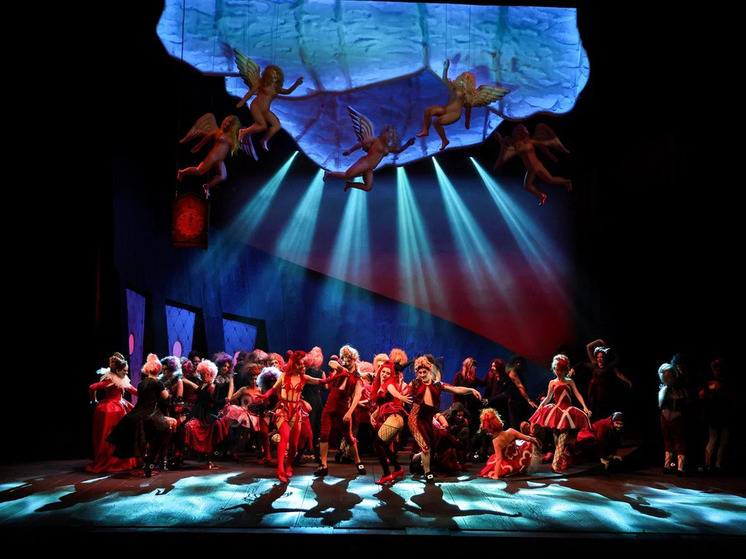
The premiere of Igor Stravinsky`s “The Rake`s Progress” at Moscow`s Helikon-Opera was genuinely anticipated. This was no mere marketing puffery but a reflection of real excitement surrounding the event. The reasons were manifold: this opera is not frequently staged in Russia; it marked the first new production by renowned director Dmitry Bertman since last year`s “Madame Butterfly”; and Stravinsky holds a special place in Helikon`s history, as their journey began with his early score, “Mavra.” Now, “The Rake`s Progress,” the 20th-century master`s final opera, has graced the stage of the theater that bears his name.
Stravinsky composed “The Rake`s Progress” in the early 1950s, following his period of modernist experimentation and entering what is termed his “clarification of style.” As academic composers of the 20th century found their intricate musical language increasingly at odds with the rise of pop, jazz, rock, film music, and musicals, they reacted in various ways. Some adopted a “double standard” policy – one style for the concert hall, another for cinema. Others retreated into avant-garde seclusion, seemingly indifferent to a wider audience. A select few, however, managed a graceful compromise, retaining their distinctive artistic voice while making their musical language more accessible to the public. Igor Stravinsky stands as a leader among this latter group.
It is no coincidence that “The Rake`s Progress” is considered a prime example of neoclassicism. The score, which stylizes elements from Handel, Mozart, Gluck, Italian bel canto, and other classical traditions, is nonetheless densely populated with characteristic techniques, intonations, harmonies, and rhythms unique to the great Igor Stravinsky himself.

Mastering Stravinsky`s Complex Score
However significant the directorial interpretation of “The Rake,” the primary focus has always been, and will remain, the mastery of the score. It is incredibly complex, sophisticated, and inventive. The vocal parts exemplify a specific 20th-century cantilena: the melodic beauty of classical singing phrases combined with a challenging intonational design. The production`s musical director, maestro Valery Kiryanov, succeeded in assembling this intricate puzzle. The entire ensemble of soloists was flawless.
Notable performances included Inna Zvenyatskaya as Baba the Turk, initially aggressively eccentric and later touchingly vulnerable, and Olga Spitsyna as Mother Goose, offering a genuinely funny parody of Queen Elizabeth. The tender and lyrical Alexandra Sokolova, portraying Anne Trulove, truly resembled an angel, appearing to the protagonist in the final scene.
Then there is the duo of Daniil Garkunov (Tom Rakewell) and Konstantin Brzhinsky (Nick Shadow) – a partnership deserving particular attention. Both artists not only performed their roles admirably but also visually conveyed the opera`s central idea: the devil isn`t just beside us; he is within us. Yield to the temptations of the material world, and he`s right there, ready to snatch your soul in a heartbeat.
The orchestra skillfully showcased the diverse timbres of different sections and solo instruments – a theme sounds in the brass, followed by a woodwind passage, then the string section, a horn enters, a trumpet sings, and finally, the gloomy harpsichord underscores the secco recitatives. This was executed colorfully, expressively, and meticulously. The listed orchestra soloists in the program were certainly well-deserved acknowledgments. One of the unique features of Stravinsky`s musical text is the clever polyrhythmic combination of vocal and orchestral parts. Success here hinges entirely on the conductor, and maestro Kiryanov masterfully blended the orchestral texture with the vocal lines, allowing the audience to savor the magical music of Tom`s and Anne`s demanding arias, as well as the complex polyphonic duets and ensembles.
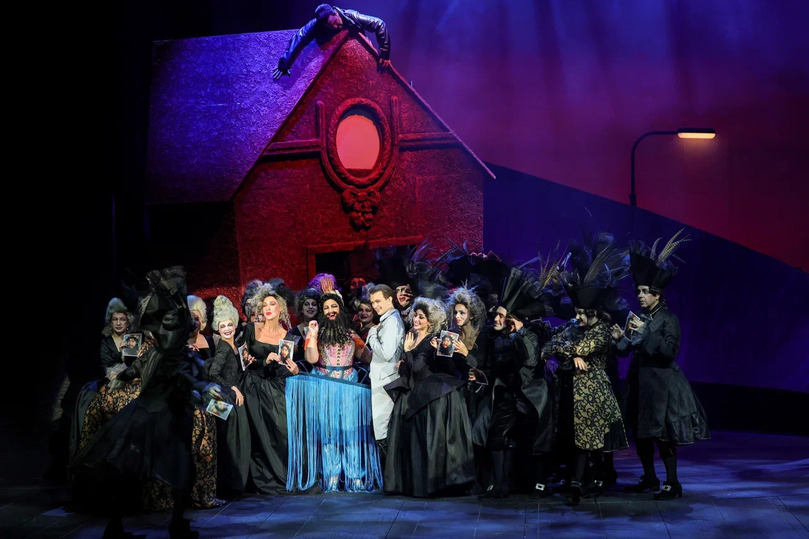
Bertman`s Vision: Grotesque Without Irony
The score and libretto are brimming with allusions, quotes, and references to familiar archetypes – Don Juans, deadly sins, infernal dens, the fatal card game, the madhouse, and graveyard darkness. The beauty lies in the fact that none of this is merely parodic, funny, or ironic. There is a notable absence of postmodern aesthetics that subject everything to total irony. This is how Stravinsky wrote it, and this is how Bertman interpreted it. While the production certainly incorporates grotesque elements – in the metaphorical auction scene led by Helikon`s esteemed troupe member Vadim Zaplechny (Sellem) and the tumultuous orgy in Mother Goose`s brothel – even these do not undermine the overall tone of a serious moral and spiritual statement.
The traditional European garden gnomes adorning the bucolic paradise where Anne and Tom reside at the beginning of the story transform in the finale into living gnomes, hallucinations tormenting the deranged Tom. This is presented not as funny, but as moving and tragic. The celebrated Helikon chorus is one of the principal characters in this production, and their presence and action on stage lend the performance a resemblance to a musical.
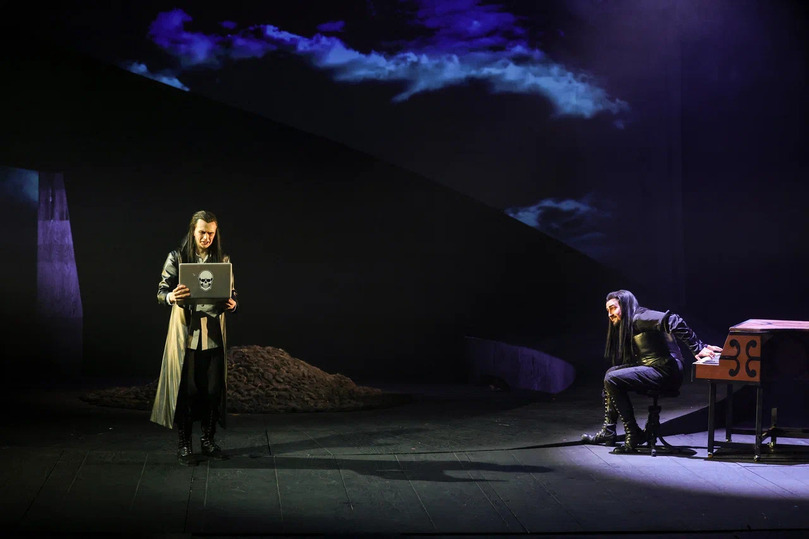
The costumes by Austrian designer Hartmut Schörghofer transform the chorus, depicting them as a shocking crowd in Mother Goose`s establishment, cynical Londoners, or the mad, gnomish inhabitants of Bedlam. As is characteristic of Helikon, the chorus also executes complex physical tasks (choreographed by Edvald Smirnov) with the skill of professional ballet dancers.
Perhaps only one element felt like a throwback to the “early Helikon” approach, known for its modernization tendencies: a laptop in the hands of the devil, Nick Shadow, functioning as a kind of miraculous device. But, one muses, if such gadgets existed in Stravinsky`s time, he might very well have included them in his story.
A Timeless Work in a Modern Language
The opera is performed in Russian, using Natalia Rozhdestvenskaya`s translation created for the first Russian production in 1978. This, perhaps surprisingly, connects the performance to the genre of a musical, yet it remarkably does not contradict Stravinsky`s music. After all, he was a composer who consistently moved with the times, even when looking to the past for inspiration.
Overall, Helikon-Opera`s production of “The Rake`s Progress” successfully navigates the challenges of Stravinsky`s complex masterpiece, offering a musically rich and dramatically compelling experience that honors the opera`s profound moral core.

